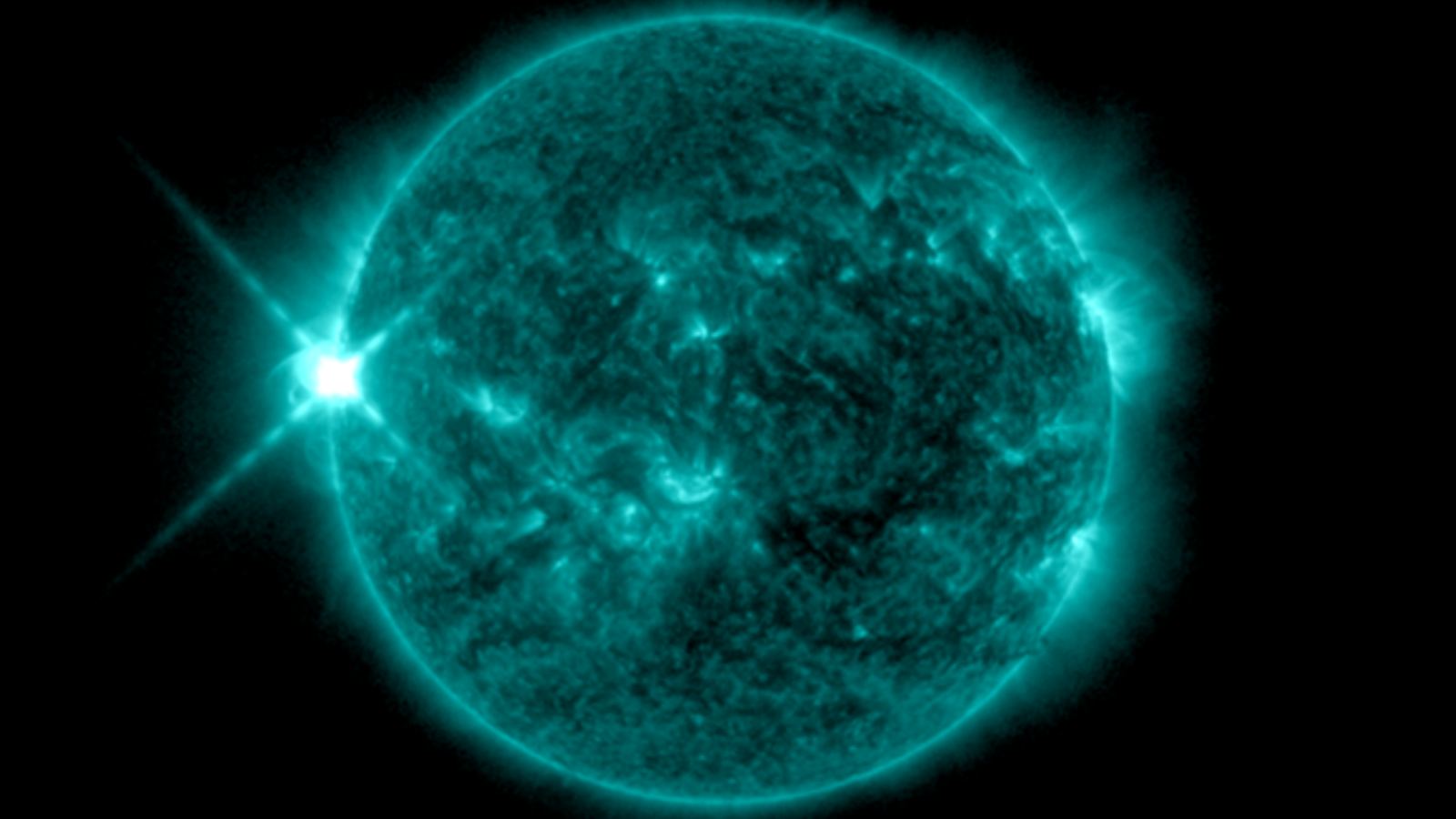While many of us were celebrating the end of 2023 and the coming of 2024, the Sun was having its own celebration blasting an X5.0 flare from sunspot region 3536. Records show this to be the most powerful flare seen since 10 September 2017 when an X8.2 flare erupted. The flare is expected to arrive around Jan 2 – EEK that’s today! Get your aurora watching kit out!
I live in the UK in a county called Norfolk. It is a wonderful rural area with a coast line that faces the north and there is no land between it and the Arctic. That means that if we do get treated to auroral activity, Norfolk is a pretty good place to see it, albeit its southerly latitude (52 degrees) compared to other parts of the UK. I don’t live on the north coast but I do have good friends who do, one of whom is a bit of a guru when it comes to the northern lights and frankly never seems to sleep. And so it is that I often receive messages at quite unsociable hours telling me to get out and look! Sometimes, I just beg for there not to be anything for a change so I can get some sleep!
The cause of so much disturbed sleep is solar activity and in particular, solar flares. The Sun is a giant sphere of plasma, an electrically charged gas. As the Sun rotates at different speeds (slower at the poles than at the equator) the plasma drags the magnetic field lines with it winding them up tighter and tighter. The field lines often get twisted and when the tension is too much, there is a tremendous explosion as the stored up energy is released as a flare.

Flares are classified by their brightness in X-rays in the wavelength 1 to 8 Angstrom Units. First there are classes from A, B, C, M and X with A being the lowest and X the highest. There are then the subdivisions from 1 to 9. X5.0 is a pretty big thing when it comes to flares and we haven’t seen anything of this magnitude for quite some years.
The charged particles from the flare charge – pardon the pun – out into space and if they encounter Earth, then they cause the gas particles in our atmosphere to glow giving rise to the northern lights. I should add at this point the northern lights are known as aurora borealis and visible in the northern hemisphere while the southern lights are known as aurora australis and visible in the southern hemisphere.

Whether this particular flare will cause aurora is yet to be confimred as it is a very difficult phenomenon to predict. Keep a weather eye toward the north pole (or south if you are in southern hemipshere) and keep a look out on the space weather prediction sites like NOAA (National Oceanic and Atmospheric Administration) for the latest updates. If the northern lights do put on a show, all you need to do is wrap up warm, get yourself outside, comfortable, wait and watch. Happy hunting.
Source : X5.0 Flare Closes Out the 2023 Year

